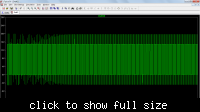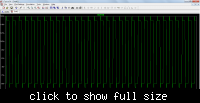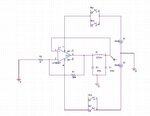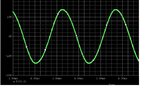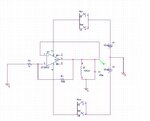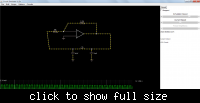iVenky
Advanced Member level 2
- Joined
- Jul 11, 2011
- Messages
- 584
- Helped
- 37
- Reputation
- 76
- Reaction score
- 35
- Trophy points
- 1,318
- Location
- College Station, Texas
- Activity points
- 6,124
I am learning about oscillators right now. I know the basis of oscillators but I couldn't quite get it while doing those using op-amps. I simulated colpitt's oscillators using transistors by just giving the output to the C, L, C combination and again gave that back as input to the transistor. Now I tried it using op-amp. I got some doubts while doing that and I tentatively did that by connecting the output to C L C combination and gave that as input to the +ve terminal of op-amp- This is the place where I got confused. Where should I give the feedback to? positive or negative terminal of op-amp. I gave that to positive terminal I got nothing out of it (got supply voltage at the output). Here's the simulation images
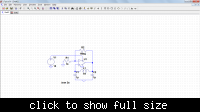
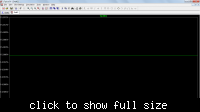
What is actually happening when you give the feedback to the negative terminal and when you give the feedback to the positive terminal? What should I do to get the ouptut?
Thanks in advance.:-D:-D:-D


What is actually happening when you give the feedback to the negative terminal and when you give the feedback to the positive terminal? What should I do to get the ouptut?
Thanks in advance.:-D:-D:-D
